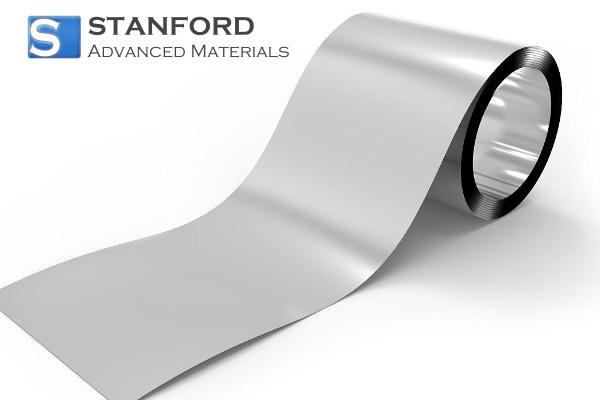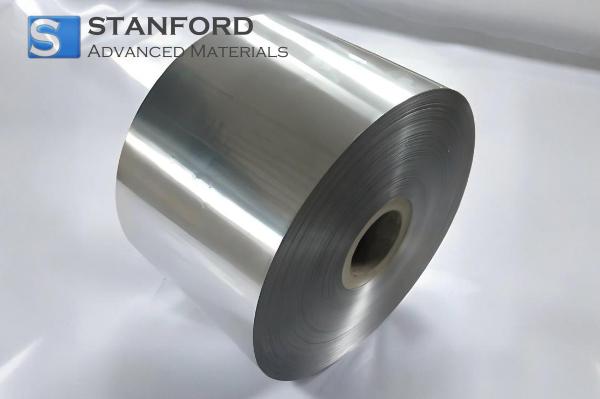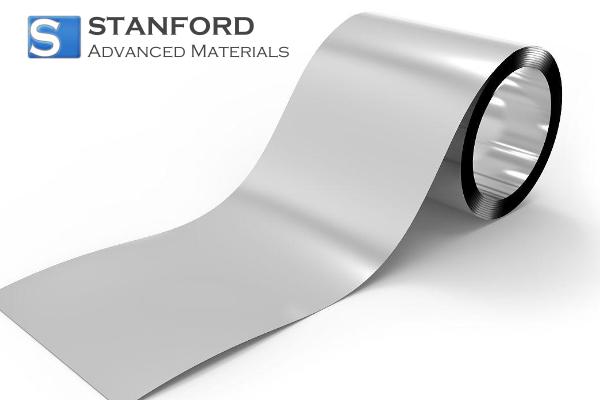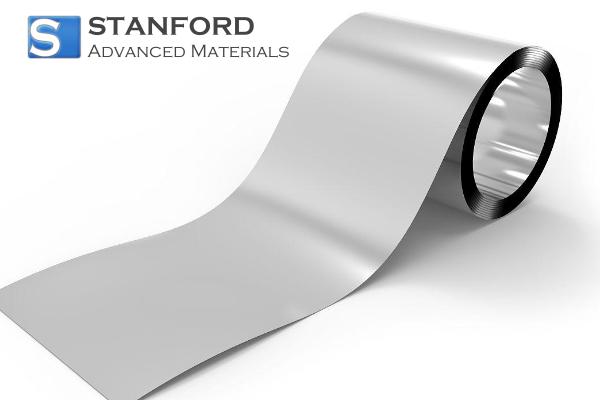Dubnium: Element Properties And Uses
Description
Dubnium is a synthetic radioactive element (atomic number 105) that is predicted to possess defined chemical properties and physical characteristics based on theoretical models. Its study contributes to academic research in nuclear physics.
Introduction to the Element
Dubnium is one of the heavy elements produced in modern nuclear laboratories. For an introduction to the element, it should be noted that Dubnium occupies a position in group 5 of the periodic table. Although only a few atoms have been produced, its discovery has provided valuable data that has refined models of nuclear reactions and the limits of atomic structure. Named after the Russian town Dubna, where extensive research in nuclear physics has been undertaken, this element is characterised by a short half-life and the challenges faced by scientists attempting detailed investigations.
Description of the Chemical Properties
The chemical properties of Dubnium are inferred largely from its position in the periodic table and the behaviour of similar transition metals. Dubnium is predicted to exhibit an oxidation state of +5. Consequently, it is expected to form compounds consistent with those of vanadium, niobium and tantalum. Due to its high radioactivity and extremely short half-life, practical experiments are limited; most conclusions are derived from theoretical models and indirect chemical observations.
Table with Data on the Physical Properties
|
Property |
Value |
|
Atomic Number |
105 |
|
Atomic Mass |
[262] (varies with isotope) |
|
Density |
~29 g/cm³ (predicted) |
|
Melting Point |
~400 °C (predicted) |
|
Electron Configuration |
[Rn] 5f14 6d3 7s2 (predicted) |
This table contains the current best predictions for the physical properties of Dubnium based on periodic trends and theoretical models. Further information is available at Stanford Advanced Materials (SAM).
Preparation Methods
Due to its instability, Dubnium cannot be isolated in free form and is produced through nuclear reactions in particle accelerators. Typically, a heavy ion bombardment is applied whereby lighter nuclei are accelerated and made to collide with heavier target atoms. Targets comprising elements such as americium or californium are frequently used. When these targets are bombarded with ions, nuclear fusion occurs that produces Dubnium atoms.
Common Applications
Owing to its short half-life and the minute quantities in which it is produced, Dubnium does not have any significant practical applications beyond academic research. Its primary value lies in the theoretical insights it provides. Research on Dubnium assists scientists in refining models of nuclear structure and in understanding the behaviour of matter under extreme conditions.
Frequently Asked Questions
What is Dubnium?
Dubnium is a synthetic radioactive element with atomic number 105 that is produced primarily in nuclear laboratories for research purposes.
How is Dubnium produced?
Dubnium is synthesised by heavy ion bombardment in particle accelerators, whereby lighter nuclei are induced to fuse with heavier target atoms under extreme conditions.
What are the chemical properties of Dubnium?
The chemical properties of Dubnium are deduced from its placement in group 5 of the periodic table. This suggests that it may exhibit an oxidation state of +5 consistent with other transition metals.
Why does Dubnium have no significant industrial applications?
Given its extremely short half-life and the difficulties of producing it in large quantities, Dubnium is utilised solely in scientific research rather than for commercial purposes.
What challenges are associated with the investigation of Dubnium?
Studying Dubnium is challenging, as it is highly radioactive, has a very short half-life and requires specialised equipment to produce and detect even a small number of atoms.

 Bars
Bars
 Beads & Spheres
Beads & Spheres
 Bolts & Nuts
Bolts & Nuts
 Crucibles
Crucibles
 Discs
Discs
 Fibers & Fabrics
Fibers & Fabrics
 Films
Films
 Flake
Flake
 Foams
Foams
 Foil
Foil
 Granules
Granules
 Honeycombs
Honeycombs
 Ink
Ink
 Laminate
Laminate
 Lumps
Lumps
 Meshes
Meshes
 Metallised Film
Metallised Film
 Plate
Plate
 Powders
Powders
 Rod
Rod
 Sheets
Sheets
 Single Crystals
Single Crystals
 Sputtering Target
Sputtering Target
 Tubes
Tubes
 Washer
Washer
 Wires
Wires
 Converters & Calculators
Converters & Calculators
 Write for Us
Write for Us




 Chin Trento
Chin Trento



